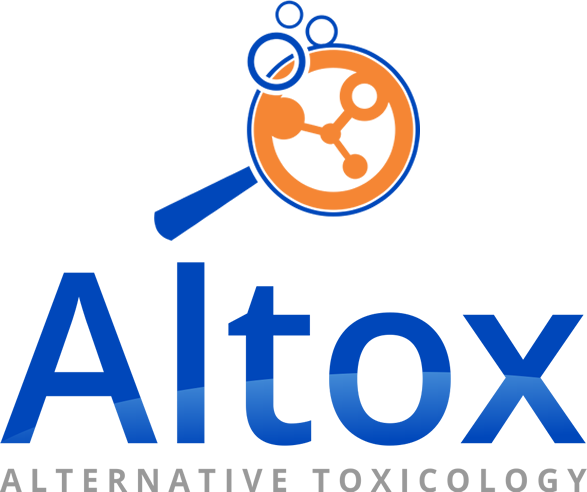With advances in analytical techniques and their application in the context of drugs, undesirable substances from different origins in decreasing concentrations are the objects of study and specific standards, involving (i) the development of analytical methods and (ii) the evaluation of security and the justification of limits:
- Organic:
- Raw material waste
- Reaction products
- Intermediary substances
- Degradation products
- Reagents/binders/catalysts
- Inorganic:
- Reagents/binders/catalysts
- Heavy metals and other residual metals
- Inorganic salts
- Other materials
- Residual solvents:
- Organic and inorganic
In addition to impurities related to the manufacturing process and intrinsic reactions of the active pharmaceutical ingredients (under the scope of standards related to stability and degradation studies, including RDC53/2015), contaminants potentially emitted by storage and primary and secondary packaging materials are also a concern, and in this case, new discussions in the context of extractables and leachables have been the focus of studies by industry and regulators.
Extractables are substances removed from a material by the action of an exaggerated force. Leachables are substances that migrate from a contact material to pharmaceuticals when stored under simulated "normal" conditions of use.
As in degradation, in theory, leachables would be within the universe of extractables; however, in practice, it has been observed that migration may contain leachables not found in extractables tests. Obviously, in addition to analytical studies, the results must be accompanied by a toxicological evaluation, since the objective is to precisely assess the extractables/leachables relevance in product safety and patient use.
In this case, relevance should consider the analytical aspects (characterization of important contaminants and their levels) and toxicological aspects (probability of contact, administration route, toxicity of the contaminant, exposure, acceptable limits, etc.). More flexible limits may be warranted for certain uses, while for some other uses, more stringent limitations may be required (high toxicity contaminant, critical pathways, dosage scenario, etc.).
For substances that may originate from vials (from different compositions, glass, COC, COP, PP, etc.), caps, plungers (in cases of pre-filled syringes), metal waste, glue residue, silicone, needle covers, and labels (solvents, metals, artifacts, and others), different standards are considered. Depending on the probability of interactions between the packaging component and the formulation, the route of administration, and the chemical class of the contaminant (solvents, metals, artifacts, and others), different standards are considered in evaluation, including:
- General guidelines for quality control and safety assurance (general local and international standards require safety assurance and evaluation of contaminants in pharmaceutical products):
- ICH Q8
- Guidelines for packing and packaging materials (international guidelines):
- 21CFR 211.94: Drug Product Containers and Closures
- FDA: Container/Closure Systems for Packaging Human Drugs and Biologics
- EC Directive 2003/63
- Guidelines on Plastic Immediate Packaging Materials
- Specific standards:
- ICH M7: Mutagenic/genotoxic impurities
- United States Pharmacopoeia <1663>
- ICH Q3C (R6): For residual solvents (but with criteria for setting permitted daily exposure limits)
- ICH Q3D: Metal impurities
- Others


